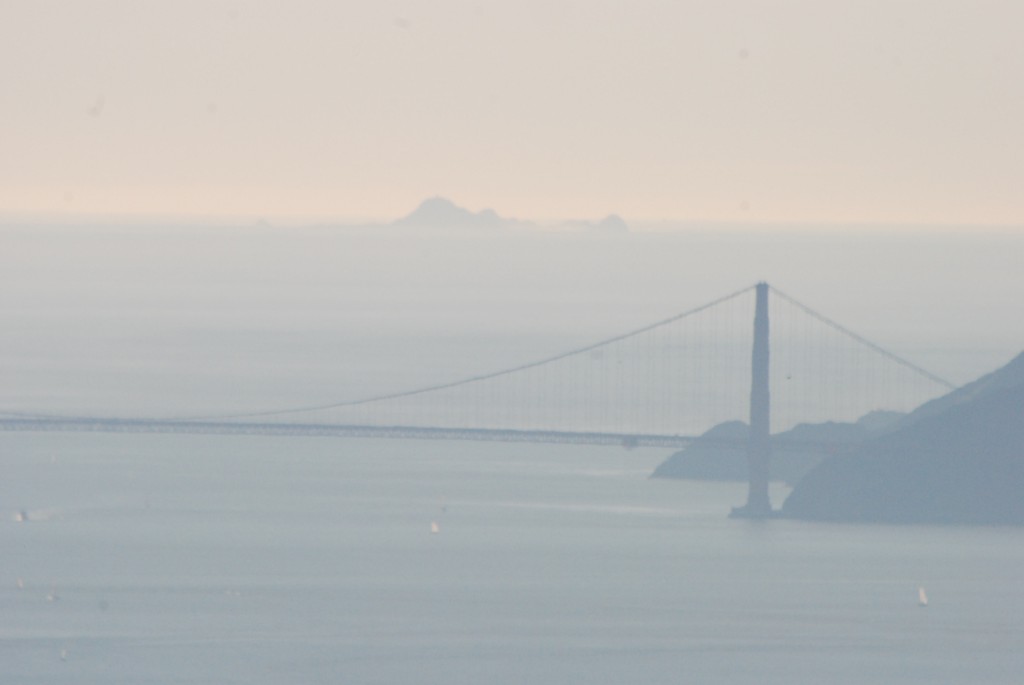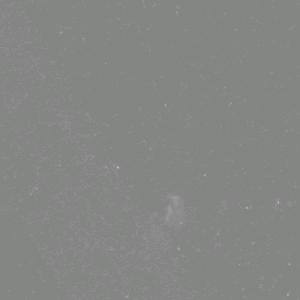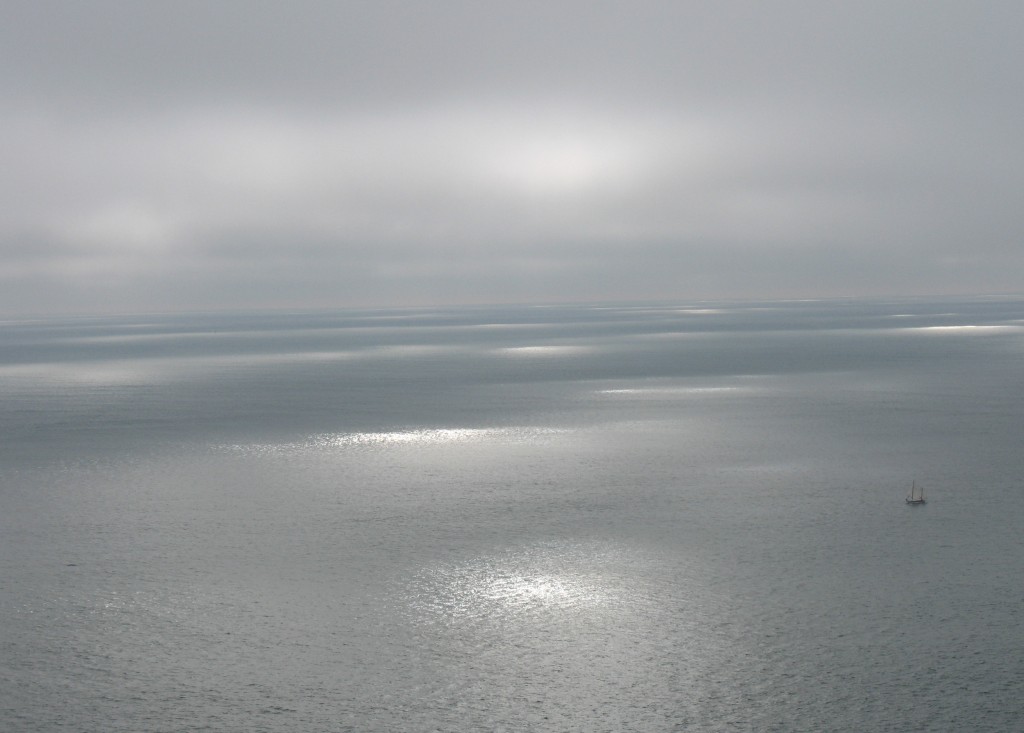 Re: Heather’s post on people who’d lost people in recent, godawful earthquakes and found them again via Google technologies. I’d watched another high-tech-mediated search and though it doesn’t really bear thinking about, I’ll tell you anyway.
Re: Heather’s post on people who’d lost people in recent, godawful earthquakes and found them again via Google technologies. I’d watched another high-tech-mediated search and though it doesn’t really bear thinking about, I’ll tell you anyway.
On February 1, 2007, I got an email from an astronomer named Alex Szalay saying in case I hadn’t heard, Jim Gray was lost at sea. Gray was a software genius at Microsoft Research whose job was to do whatever he wanted. One thing he’d wanted to do was Szalay’s project, a digital survey of the sky which had an unprecedentedly large database that Szalay had been having trouble organizing; and after Gray had helped out for free, the database became a world-class public resource. On January 28, Gray had sailed out under the Golden Gate Bridge headed for the Farallon Islands, where he was going to scatter his mother’s ashes, and disappeared. The Coast Guard eventually searched 132,000 square miles of ocean with no luck.

Meanwhile, Gray’s friends, a well-connected and redoubtable bunch, organized. They got NASA to fly a reconnaissance plane over the area and take photos. They got the Canadian Space Agency to re-direct its radar satellite; they got both Microsoft and Microsoft’s mortal enemy, Google, to re-direct their satellites. All that imagery needed to be sorted through for a tiny boat in a sea of gray pixels. Computers aren’t much good at that, so Gray’s friends got Amazon to upload those images into a website it ran called the Mechanical Turk, on which companies paid people to do jobs that only human intelligence could. Mechanical Turk’s 12,000 volunteers flipped through over 560,000 images, covering almost 3,500 square miles of ocean. Then Szalay and a cohort of oceanographers, computer scientists, and astronomers ran simulations of where ocean currents might have taken the boat and compared the different satellites’ images and re-processed those images. And because astronomers have eyes and brains trained to pick out tiny visual signals from noise, the astronomers flipped through the images as well.
![{ bandList = [ 3; 2; 1; ] }](https://www.lastwordonnothing.com/wp-content/uploads/2011/03/ocean_boat_800x8001-300x300.jpg)
Szalay figured that all told, they looked through a million images. They flagged lots of them, but subsequent air and sea searches either were stopped by the weather or turned up nothing. Szalay held regular meetings to update his local team and plan the next move.
 The February 16 meeting was all update and no plans. The Coast Guard had called off the search, and Gray’s friends discontinued the ferociously intelligent blog on which they’d been coordinating efforts. Szalay ran the meeting slouched in his chair with his head a foot or so above the table. The graduate student was trying to stay awake; her eyes were red, she raised her eyebrows and blinked continually. Szalay said Gray was unlikely to be on the surface. The most likely scenario was that Gray’s light-hulled boat hit floating debris which opened up a big hole in it and sank it fast.
The February 16 meeting was all update and no plans. The Coast Guard had called off the search, and Gray’s friends discontinued the ferociously intelligent blog on which they’d been coordinating efforts. Szalay ran the meeting slouched in his chair with his head a foot or so above the table. The graduate student was trying to stay awake; her eyes were red, she raised her eyebrows and blinked continually. Szalay said Gray was unlikely to be on the surface. The most likely scenario was that Gray’s light-hulled boat hit floating debris which opened up a big hole in it and sank it fast.
I began this post thinking it was about the technology of searches. It partly is, and Szalay said that Gray’s friends were going to collaborate on a technological lessons-learned. One lesson for sure, he said, was that technology aside, what mattered was the people. Not a new lesson, I think, not new at all.
Credits: Golden Gate & the Farallons – jotulloch; grey ocean – Jim’s friends’ blog; re-processed blue ocean – Jim’s friends’ blog; little boat – amy.kay
This takes me right back to that search and rescue operation for CNET’s James Kim and his family five years ago (could it have been that long ago??) in Oregon. What strikes me is the vast expanse of nature — not on a human scale at all — that surrounds us even in relatively built-up areas. We push the awareness of it out of our consciousness through some kind of innate agoraphobia… until we have to find someone in it.
Another guy too, a pilot whose name I can’t remember. I like your thoughts about agoraphobia. I’m also impressed by the impossible techiness of the searches.
It sounds like Jim Gray had a lot of achievements. It is always good to know when somebody can achieve so much. Being able to inspire others is good.